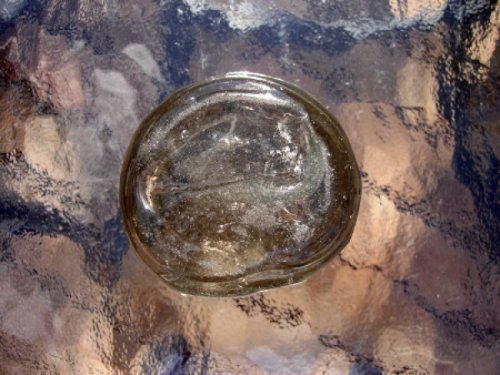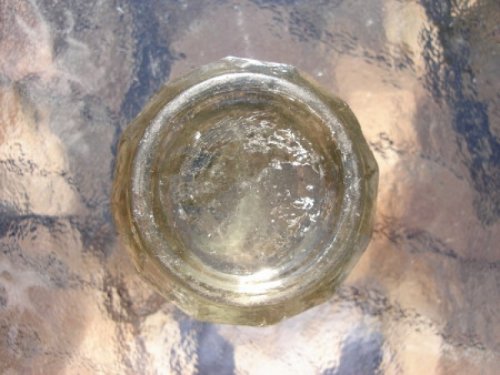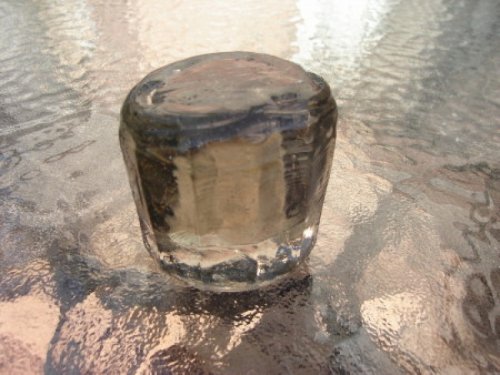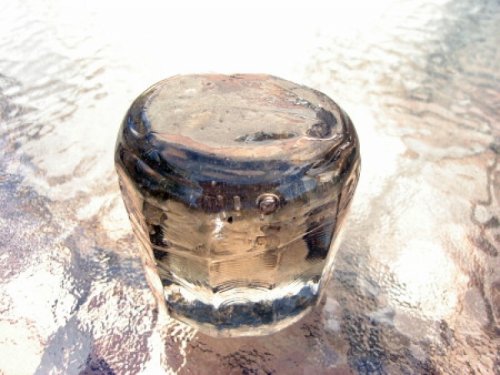jaroadshow
Well-Known Member
- Joined
- Nov 28, 2007
- Messages
- 255
- Reaction score
- 0
- Points
- 0
Hi : I have what looks like one of the funnel ink wells I dug probably over thirty years ago and wondering if anyone has an idea what it actually is. It is solid glass , crude it is 12 sided and has a normal base edge. It's hard to see in the pictures but even has what looks like a "milk" stream running through it in the top half.
It's approx. 2 5/8" high and 2 1/4" accross the flats of the sides.
Any input would be appreciated. Pictures enclosed.
Thanks
jaroadshow.

It's approx. 2 5/8" high and 2 1/4" accross the flats of the sides.
Any input would be appreciated. Pictures enclosed.
Thanks
jaroadshow.








